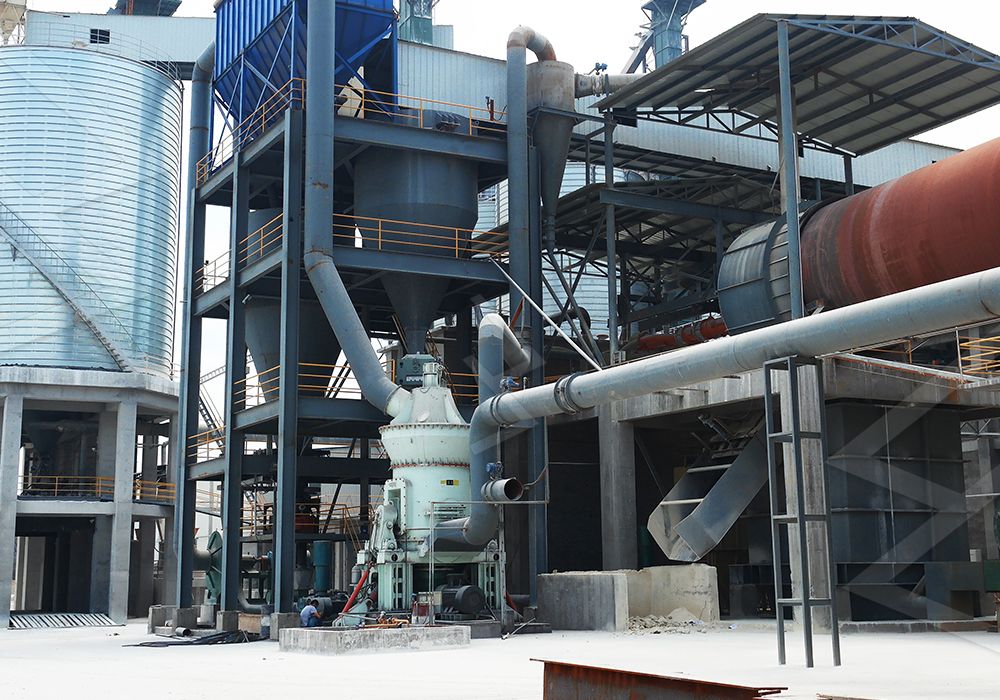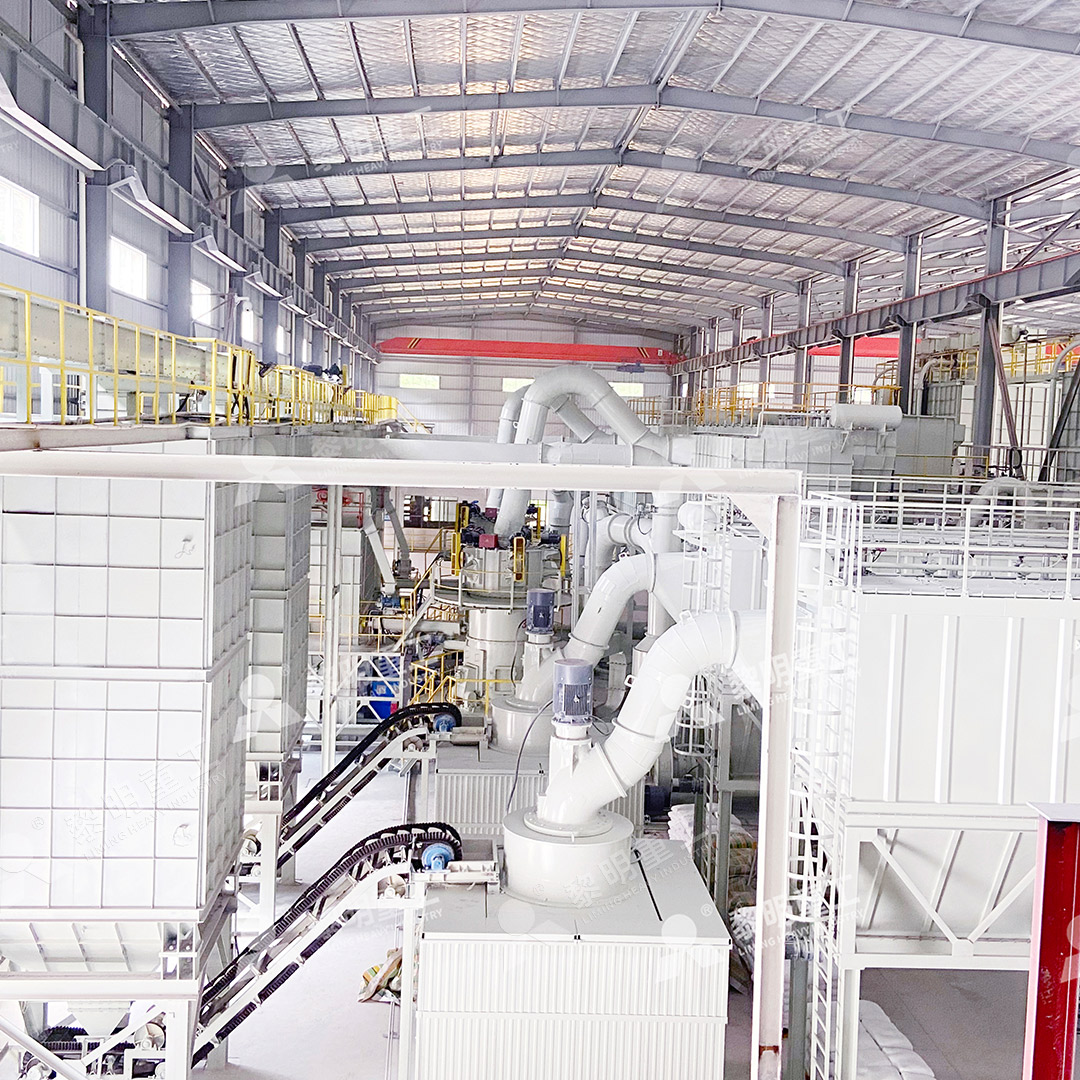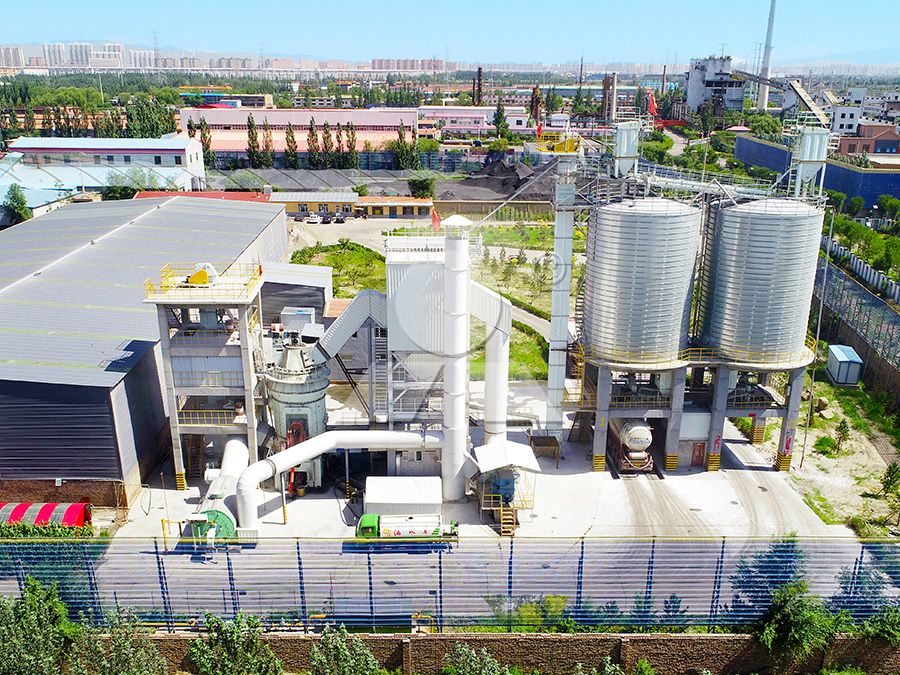High Efficiency Vertical Roller Mill for Grinding Carbonate Rocks
High Efficiency Vertical Roller Mill for Grinding Carbonate Rocks
In the world of industrial mineral processing, carbonate rocks like limestone, calcite, and dolomite present unique challenges and opportunities. Their widespread use in construction materials, chemical industries, and environmental applications demands grinding solutions that are not only efficient but also environmentally conscious and economically viable.
The evolution of grinding technology has shifted dramatically toward vertical roller mills (VRMs), which offer significant advantages over traditional ball mills and horizontal grinding systems. For operations processing carbonate materials, the choice of grinding equipment can determine profitability, product quality, and environmental compliance.

Technical Advantages for Carbonate Processing
Vertical roller mills specifically engineered for carbonate rocks deliver exceptional performance through several key mechanisms. The grinding process occurs through compression rather than impact, resulting in lower energy consumption and reduced wear on components. This is particularly beneficial for carbonate materials, which can vary significantly in hardness and abrasiveness.
The integrated drying capability of modern VRMs allows simultaneous grinding and drying of moist materials, eliminating the need for separate drying equipment. For carbonate rocks that may contain natural moisture or require specific moisture content in the final product, this integrated approach streamlines operations and reduces overall energy consumption.
One standout solution for ultrafine carbonate powder production is our MW Ultrafine Grinding Mill. This advanced system represents the cutting edge in carbonate processing technology, specifically engineered to handle materials with input sizes up to 20 mm and production capacities ranging from 0.5 to 25 tons per hour.
Advanced Features for Superior Performance
The MW Ultrafine Grinding Mill incorporates several proprietary technologies that make it particularly suitable for carbonate applications. Its newly designed grinding curves of grinding roller and grinding ring significantly enhance grinding efficiency, achieving production capacity 40% higher than jet grinding mills and twice that of ball grinding mills, while consuming only 30% of the energy of jet grinding systems.
What truly sets this mill apart is its adjustable fineness range between 325-2500 meshes, accomplished through German cage-type powder selector technology. This precision separation system, combined with the absence of rolling bearings and screws in the grinding chamber, eliminates common failure points and ensures continuous, worry-free operation.

Environmental and Operational Benefits
Modern carbonate processing facilities face increasing pressure to minimize environmental impact while maintaining production efficiency. The integrated pulse dust collector in the MW Ultrafine Grinding Mill ensures no dust pollution during operation, while configured silencers and noise elimination rooms reduce acoustic emissions well below regulatory thresholds.
From an operational perspective, the digitalized processing of core components guarantees high machining precision, extending equipment life and maintaining consistent product quality. The external lubrication system enables maintenance without shutdown, supporting continuous 24-hour production schedules that are essential for high-volume carbonate processing operations.
For operations requiring even higher precision and specialized vertical grinding, our LUM Ultrafine Vertical Grinding Mill offers another excellent option. With input size capability up to 10 mm and capacity ranging from 5-18 tph, this mill integrates the latest Taiwanese grinding roller technology with German powder separating technology for exceptional performance in ultrafine powder production.
Application-Specific Considerations
When selecting grinding equipment for carbonate rocks, several factors demand careful consideration. The specific carbonate mineral composition, desired product fineness, production capacity requirements, and available utilities all influence equipment selection. The MW series mills excel across these parameters, particularly for operations requiring consistent ultrafine powders for applications in plastics, paints, coatings, and advanced construction materials.
The working principle of these advanced mills involves a sophisticated material flow path where crushed carbonate material is fed to the central part of the upper turnplate, falling to the grinding circle under centrifugal force. The multi-stage grinding process through successive raceways ensures uniform particle size distribution, while the precision separator guarantees exact cut points for the final product.

Frequently Asked Questions
What makes vertical roller mills more efficient for carbonate grinding than traditional ball mills?
Vertical roller mills utilize compression grinding rather than impact grinding, which significantly reduces energy consumption. The integrated drying and grinding process, combined with advanced separation technology, makes VRMs 30-50% more energy efficient than ball mills for carbonate applications.
How does the MW Ultrafine Grinding Mill handle variations in carbonate rock hardness?
The MW mill features adjustable grinding pressure and rotational speed controls that automatically compensate for variations in material hardness. The unique grinding curve design of the roller and ring assembly ensures consistent performance across different carbonate compositions.
What fineness range can be achieved with modern vertical mills for carbonate applications?
Advanced systems like the MW Ultrafine Grinding Mill can produce powders ranging from 325 to 2500 meshes, with the capability to achieve d97≤5μm in a single pass. This broad range covers virtually all industrial applications for carbonate powders.
How do these mills address environmental concerns associated with fine powder processing?
Modern vertical mills incorporate comprehensive dust collection systems, noise reduction technology, and closed-system operation that prevent material escape. The MW mill’s pulse dust collector and muffler system ensure operations meet stringent environmental standards.
What maintenance advantages do vertical roller mills offer over traditional grinding systems?
The absence of rolling bearings and screws in the grinding chamber of the MW mill eliminates common failure points. External lubrication systems allow maintenance without shutdown, and the reversible structure of components like those in the LUM mill enables easy access for inspection and replacement.
